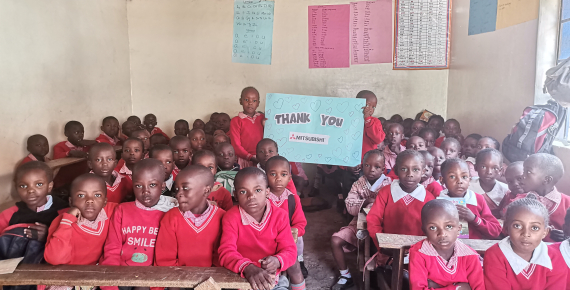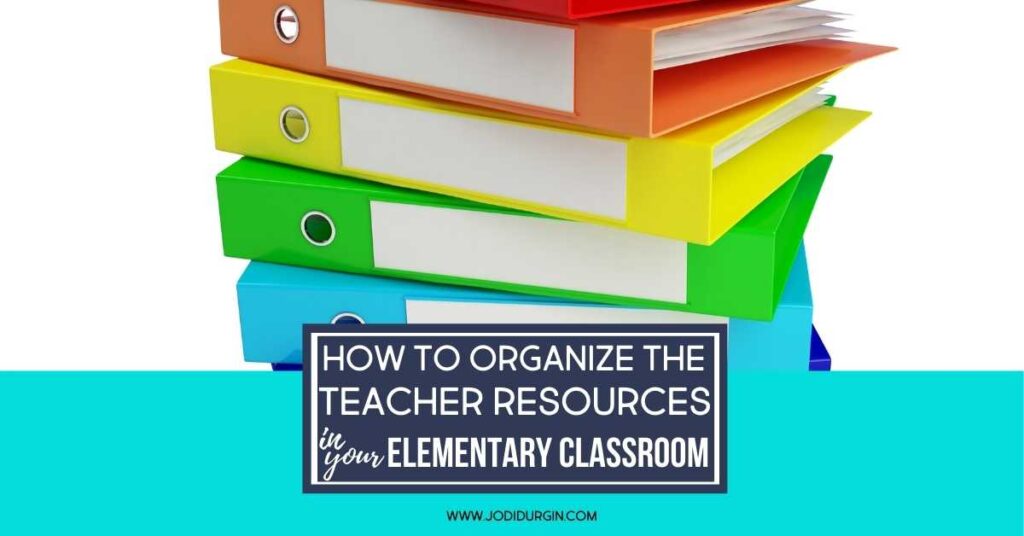Handy Reasons To Picking Italian Primary Teaching Materials
Wiki Article
What Materials Do Italian Primary And Nursery Schools Need For Teaching?
To support their learning and development To support their learning and development, an Italian primary school or nursery should provide a wide range of educational materials. Here are some examples of what might be required: Textbooks, books for work, and other teaching aids: They are crucial for teaching core topics such as Italian, mathematics, science or social studies.
Craft and art supplies: These can include paper, pencils, crayons, markers, paint, brushes, and other supplies for students to use in artistic projects.
Games, puzzles, and blocks are all manipulatives that could be used to help students improve their problem-solving and critical thinking skills.
Technology for education: Computers and tablets can be utilized as a tool to improve learning and provide extra resources for students.
Visual aids such as posters, maps, charts and other visual aids are useful for helping students to learn and retain important concepts.
Books: A variety of appropriate for the age of the reader. Italian books can help children develop their reading and language skills.
Musical Instruments: Musical instruments, such as xylophones (or xylophones) tambourines (or maracas) as well as other instruments can be used to assist students with learning the music of rhythm and appreciation.
Safety materials are necessary to ensure the safety and well-being of students and employees. This includes emergency kits for first aid, procedures posters and fire extinguishers.
Sport equipment: Cones, balls, and various other sports equipment are used in physical education classes or outdoor play.
Overall, Italian primary and nursery schools will require a broad selection of educational materials to provide a stimulating and stimulating learning environment for their students. See the best sostegno primaria for more tips.

What English didactic cards should be used in Italian nursery schools?
English didactic cards are a useful tool for introducing youngsters in Italian nursery schools to the English language. These are some of the kinds of English didactics cards that may be recommended. Alphabet Books: Alphabet books assist youngsters to master the English alphabet, and the sounds that go with each letter. The cards could be illustrated using animals or objects beginning with every letter. This makes learning more exciting.
Vocabulary Cards: Vocabulary cards can help children learn the meaning behind common English words. They can be illustrated or photos of people, objects, or animals, with the English word printed on the card.
Sight-word cards: These cards have been designed to aid children in becoming familiar with common English terms. They can also be used for teaching them to read and speak. The cards are simple phrases and sentences with the corresponding word highlighted.
Phonics cards: Phonics card can aid children in understanding the relation between sounds and letters in the English language. They could feature pictures of objects or words, with the corresponding phonetic sounds printed on the card.
Conversation Cards: These cards permit children to practice their English by engaging in conversation with their caregivers and friends. They can contain simple questions or suggestions to help children discuss their ideas.
Select English educational cards for children that are engaging and age-appropriate. These cards are perfect for parents and teachers who want to involve youngsters in fun and engaging English-language learning activities. View the recommended sostegno inglese for website advice.

What Are The Science Didactic Books Recommended In Italian Nurseries?
Science didactic cards can be an useful to introduce children to the basic concepts of science in Italian nursery schools. There are several types of science cards that you could utilize: Animal Cards These cards aid children in understanding different animals and specific characteristics. They could be illustrated with animals and their habitats to make the learning experience more interesting.
Plant Cards: These cards can help children understand different characteristics and plants. The cards for plants can be illustrated using illustrations of different plants and their development stages. This makes the learning experience more enjoyable.
Weather cards. They are a great way to help children learn more about the weather and its impacts on the environment. They can feature illustrations of weather conditions like rain, sun, snow and clouds.
Space Cards: These cards help children to learn about the Solar System as well as the various planets. Illustrations can be used to show the unique features of each planet.
Human body-cards: They could teach children about the different parts of the human body function. The cards could include illustrations showing the functions of various body organs.
It is crucial to select scientific didactic cards that are fun and engaging for children of all different ages. These cards can be utilized by teachers and caregivers to create interactive and fun activities in science for children that will encourage their curiosity and enthusiasm for learning. Read the top rated materiale didattico scienze sostegno for blog tips.

What Kinds Of Geography Resources Are Appropriate For Italian Kindergartens?
Italian nurseries are able to provide children with geography teaching material that can help them develop a better understanding of their world, and teach them about other cultures and their environments. Here are some potential examples of geography-related materials. Maps: They can help children understand the geography of different countries and regions as well as their location.
Globes assist children in understanding the earth's surface and can be used to educate about the continents as well as the oceans.
Pictures and videos. Videos and pictures of various cultures, locations, and people can teach children about the world.
Books that are age-appropriate, appropriate for children featuring different cultures and locations can aid children in developing an understanding of geography as well as a sense curiosity about the world.
Natural materials: Natural substances like shells, rocks and plants are a great way to help children understand different environments and ecosystems.
Field Trips: Kids can learn valuable geography through field trips to local zoos, parks and museums.
It is important to choose teaching resources for geography that are appropriate for children's age and culturally sensitive. These materials let caregivers and teachers to create fun and interactive activities that foster children's love of learning and curiosity.
